As a plastic surgeon, I hear this every week: “I need surgery, but I don’t want scars.” Unfortunately, the reality is that any wound will leave a permanent scar. Modern medicine has not yet found a way to achieve scar-less healing, although there are methods to create acceptable results.
Many factors can affect the ultimate quality of the scar. Individuals who demonstrated poor scarring in the past and those with a family history of suboptimal scarring should be considered high risk for developing unsightly scars. Another very significant factor in determining how a wound will scar is how the wound was initially created. Surgical wounds that have been carefully created are likely to heal with less scarring than a traumatic wound with considerable tissue injury and irregular borders.
The location and direction of a wound is also important. Wounds that cross lines of tension or joints are prone to develop unsightly and restrictive contractures, while wounds hidden in natural creases, underneath hair or in relaxed, soft skin often go unnoticed. Several areas on the body are more likely to scar poorly including the anterior chest and sternal area, the back and shoulders. Finally, the age of the scar is an important determinant in how a scar looks. In the early phases the scar may be somewhat raised, is quite pink and firm. As the tissue within the scar matures, the scar will soften, flatten and become paler to blend in with the surrounding skin. This whole process may take one to two years.
Often, we are asked to evaluate a scar for revision. The decision to proceed with scar revision usually depends on the mechanism that resulted in the original wound, the age of the scar, and the clinical appearance. A scar that is the result of clear, neatly repaired wound should be allowed to proceed through the normal maturation process before considering revision. On the other hand, a scar that is the result of an untidy wound, a trauma with significant soft tissue damage, one that has been complicated by infection, or is oriented in the wrong direction may benefit from early revision.
There are numerous techniques and preparations touted to decrease or limit scarring, but only a few have been scientifically shown to have any real benefit. Moisturizing lotions should be applied frequently to all scars. It is critical to avoid significant sun exposure, as this can lead to hyper-pigmented and prominent scars. The use of tape or steri-strips to relieve tension on the wound has been found to be helpful. There has been some evidence to suggest that silicone sheeting, or liquid preparations containing silicone, can enhance the appearance of scars if used early and often in the healing process. Steroid injections can soften and flatten very thick, hypertrophic scars and keloids. Pressure dressings have long been used in burn victims with good clinical results and remain an important adjunct. Finally, time alone will result in considerable improvement in most scars.
In conclusion, there are many factors that affect scarring. Our goal is to enhance those factors within our control and prevent the development of a suboptimal scar. In the unfortunate event that a poor scar develops there are options to improve its appearance.
